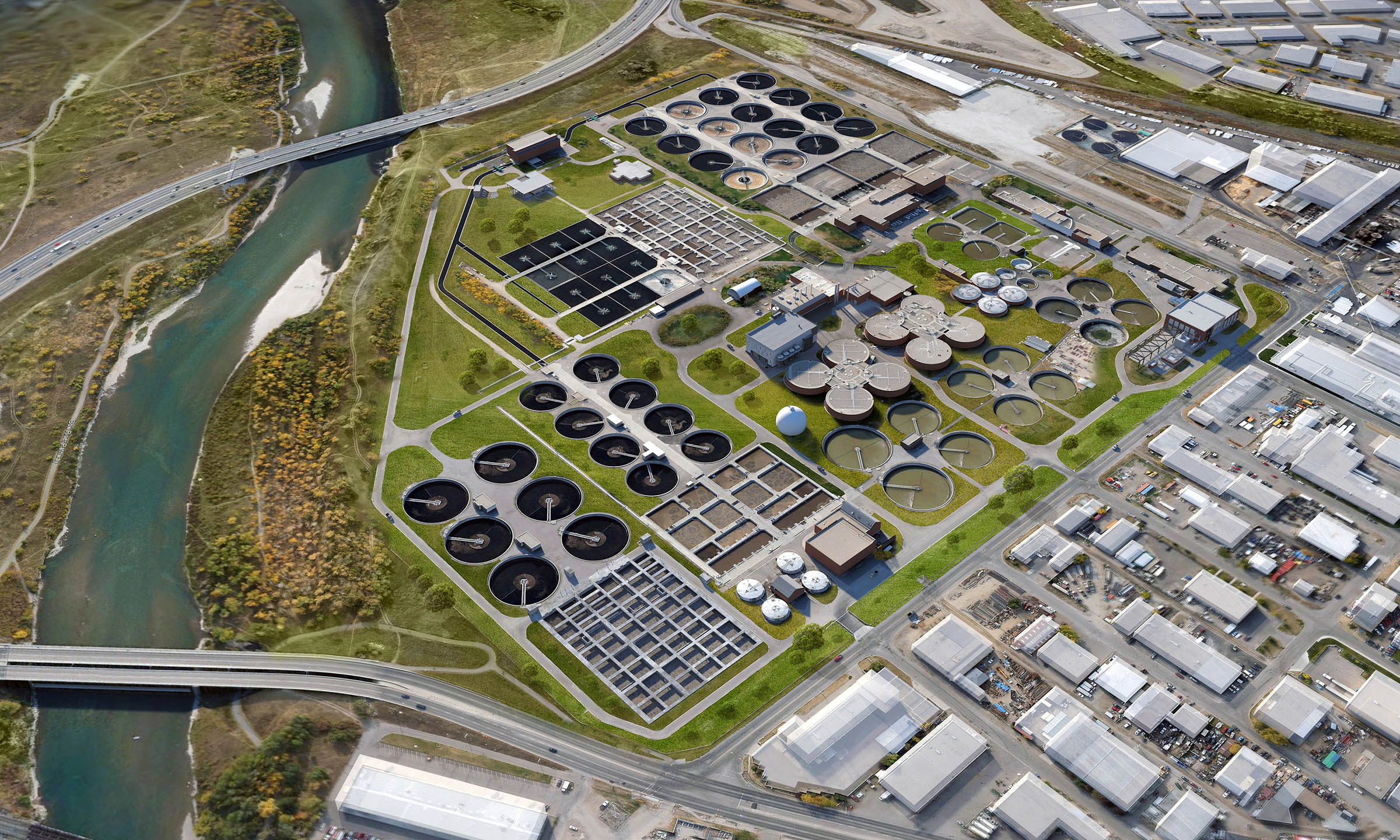Essential Action In Community Waste Water Treatment Plants
Essential Action In Community Waste Water Treatment Plants
Blog Article
Strategic Approaches to Improve Drainage Treatment Efficiency and Reduce Environmental Influence
In the world of waste water treatment, the mission for boosted performance and lowered ecological influence is a continuous difficulty that requires tactical remedies. The assimilation of advanced therapy modern technologies, energy-efficient processes, resource recuperation techniques, enhanced nutrient elimination techniques, and smart monitoring and control systems stands for a complex framework for dealing with these pressing concerns.
Advanced Treatment Technologies
Sophisticated membrane layer filtering systems have actually transformed sophisticated wastewater therapy procedures, substantially enhancing the removal of pollutants. This modern technology has actually verified to be highly effective in eliminating a broad variety of contaminants, including pharmaceuticals, hefty steels, and organic compounds, which are commonly challenging to eliminate with conventional therapy methods.
In addition, membrane layer filtration systems provide countless advantages over conventional treatment techniques. They need less area, produce higher-quality effluent, and are much more immune to changes in influent water top quality. Additionally, these systems are highly versatile and can be conveniently incorporated into existing therapy plants or made use of as standalone systems for decentralized applications. As the demand for tidy water continues to climb, the fostering of advanced membrane layer filtration modern technologies is important to make certain efficient and lasting wastewater therapy techniques.
Energy-Efficient Processes
The combination of energy-efficient procedures in wastewater therapy systems is critical for enhancing source use and minimizing functional costs. By implementing energy-efficient modern technologies, therapy plants can considerably reduce their carbon impact and total ecological impact. One crucial strategy to improving power effectiveness in wastewater therapy is the application of advanced aeration systems, such as fine bubble diffusers or surface aerators, which can enhance oxygen transfer efficiency and reduce power consumption. Additionally, incorporating power healing systems, like anaerobic food digestion for biogas manufacturing or utilizing excess warm for thermal processes, can assist balance out power requirements and advertise sustainability.
Furthermore, enhancing process control and automation through using advanced sensors and keeping track of systems can boost total power effectiveness by adjusting operations in real-time based on actual demand and conditions. Carrying out energy audits and frequently checking energy performance indicators are essential methods to recognize locations for improvement and track energy-saving efforts properly. Overall, the adoption of energy-efficient processes in wastewater treatment not only benefits the setting yet additionally adds to long-term expense savings and functional sustainability.
Resource Healing Strategies
With a focus on optimizing resource usage and sustainability in wastewater treatment systems, the execution of resource recovery strategies emerges as an essential element in enhancing functional performance. Source recovery strategies in wastewater therapy include the recognition and extraction of important sources from the waste stream, thereby turning what was as soon as considered waste into a beneficial asset. By executing source healing methods such as nutrient elimination and recovery, energy generation from raw material, and the manufacturing of reusable water, wastewater therapy plants can minimize ecological influence while taking full advantage of performance.

Improved Nutrient Removal Techniques
Implementing advanced nutrient removal strategies is crucial for maximizing the performance of wastewater treatment systems. Improved nutrient elimination plays a crucial duty in minimizing the ecological impact of cured effluent discharged into water bodies. One of the essential methods used for boosted nutrient elimination is the process of organic nutrient elimination (BNR), which includes the elimination of nitrogen and phosphorus through organic procedures. This can be attained via making a fantastic read use of specialized microorganisms that can transform nitrogen substances right into inert nitrogen gas see here via denitrification, and collect phosphorus within their cells through a procedure called boosted biological phosphorus elimination (EBPR)

In enhancement to BNR, advanced therapy methods such as membrane layer bioreactors (MBRs) and built marshes can likewise be used to improve nutrient elimination effectiveness. By including these sophisticated nutrient removal methods into wastewater treatment systems, municipalities and markets can efficiently reduce nutrient air pollution and shield the atmosphere.
Smart Tracking and Control Solution
Making use of innovative technology, the combination of wise surveillance and control systems transforms the operational performance of wastewater therapy facilities. These systems include innovative sensing units and information analytics to continually keep an eye on crucial criteria such as pH levels, turbidity, liquified oxygen, and circulation prices in real-time. By gathering and assessing this information, drivers can acquire important understandings into the efficiency of the therapy processes, making it possible for positive changes to maximize therapy performance.
Smart monitoring and control systems likewise sustain remote tracking abilities, enabling operators to gain access to real-time data and control functions from off-site locations. This remote availability boosts functional adaptability and responsiveness, allowing quick interventions in case of system breakdowns or variations in influent quality. The anticipating upkeep capacities of these systems aid protect against equipment failings and decrease downtime, ultimately improving the overall dependability of wastewater therapy operations.
Conclusion
Finally, tactical techniques such as innovative therapy innovations, energy-efficient procedures, source healing techniques, boosted nutrient elimination methods, and wise tracking and control systems play a crucial role in enhancing wastewater treatment performance and decreasing ecological influence. By carrying out these strategies, wastewater treatment plants can boost their general efficiency, minimize energy consumption, recover valuable sources, and guarantee conformity with ecological laws. These methods are essential for reliable and sustainable wastewater management methods.

In verdict, calculated methods such as advanced therapy technologies, energy-efficient processes, resource recovery approaches, enhanced nutrient removal techniques, and smart tracking and control systems play an important function in boosting wastewater therapy effectiveness and decreasing ecological impact.
Report this page